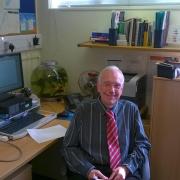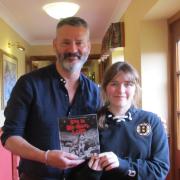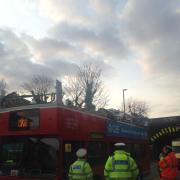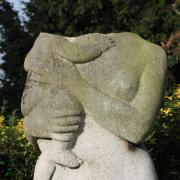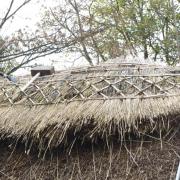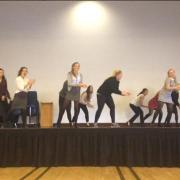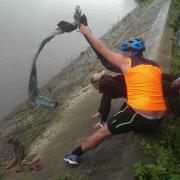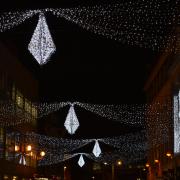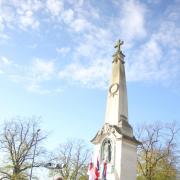
704,803 British soldiers died during the First World War. Although cemeteries commemorating the lives of these brave soldiers can be found around the world, the scale of fatalities results in an emotional, but impersonal response. Yet each and every soldier meant something to someone. They all had their own stories, whether mundane or heroic, to tell to their parents, wives, children or loved ones. As the Vicar from St Margarets’ All Souls Church said, it is so important ‘to take a war of numbers, to make it personal’
Local St Margarets resident Martyn Day came up with the idea of holding a ‘War Walk’ to commemorate the soldiers who had lived in the St Margarets area. When I asked him why, Day explained: ‘The idea came out of research that NSMRA (North St Margarets Residence Association) started in 2008 into the names of the 86 men listed on the 'Roll of Honour' in All Souls Church.’
Next, he told me ‘The point that struck us was these men lived in the same houses that we do, walked the same streets as we walk and had the same hopes for the future as us. Although separated by one hundred years we were/are the same and that raises the question what would we have done in the circumstances facing the nation in 1914?’.
So why did he decide to organise the war walk? ‘If there was an aim for the War Walk’ Day explained, ‘it was to make that connection between them and us. As one participant said - 'It is a sobering to learn that a man who died on the Somme climbed the same stairs as I do, used the same front door and dug the same back garden.' My own feeling is that while it is important to record WW1 in bronze statues, War Memorials and elegiac music - the real story is in our own streets and it tells of ordinary people in extraordinary circumstances.’
The roads we wandered along for the War Walk have changed little, comprising of rows of terraced houses. Aside from the occasional satellite dish, they look much the same as they looked when War broke out in 1914 and none of the families living there then would have known of the horrors to come. One such family was the Davies’s.
Percy James Davies was born to William and Alice Davies in 1892. At the age of 23, Davies joined the army. A noble and fearless soldier, Davies was always relied on to follow instructions and the words of his Cornel exactly. During one battle, after taking some enemy soldiers hostage, he took the life of one German for every friend who had been killed in the war. This moment of rage and desperate need for revenge was out of character for Davies, but not unusual in the harsh conditions of war. Davies was killed on 31st December 1915, after his platoon had got lost. He had gallantly climbed on to a parapet to get their bearings and tragically was fatally shot.
The local community still have direct links with the war. The residents of 9 Newry Road bought the house from a woman called Violet Richardson (1990-1994), who never got over the death of her brother Alfred (1899-1916) in the war, and lived alone for the remainder of her ninety four years.
With over ninety local residence members joining in on this fascinating event, successful would probably be an understatement. The knowledge imparted was invaluable, and extremely moving, and I am sure the residents of St Margarets are looking forward to more informative ‘Walks’ like this one.
Bella Rubens \\ Surbiton High School



